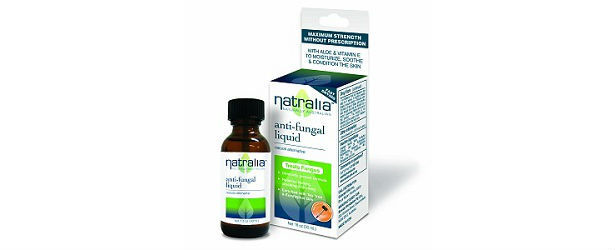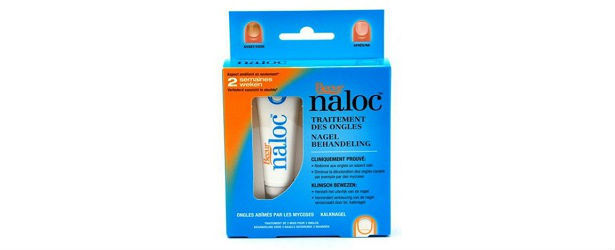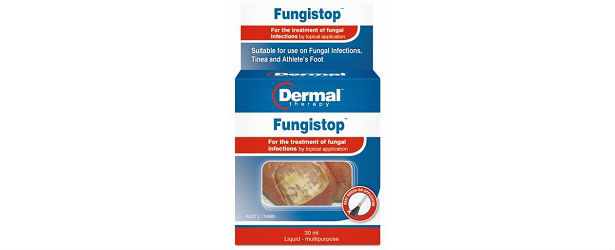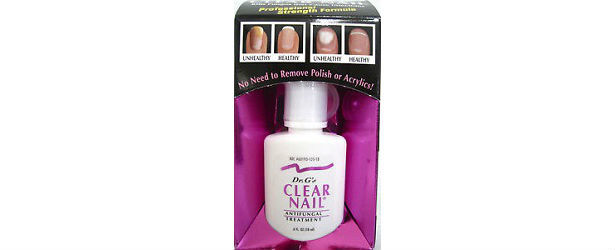
Myxoid Cyst or Digital Mucous
A Myxoid cyst can develop if there is any alteration of the tissue on the tip of the toe. The cyst is a shiny bump that typically goes unnoticed until it begins to grow larger. It feels soft and slightly rubbery. It appears somewhat transparent.
When they develop, typically on the end of a finger or toe, they can grow to about ¾ of an inch wide. Sometimes, these cysts break open and spill their contents. Typically, the contents are white or yellowish in color and very thick. Myxoid cysts are more common in women than they are men, and are also more common in people who are over the age of 45.
common in people who are over the age of 45.
What is a Myxoid Cyst?
Myxoid cysts typically develop if there is minor trauma. They can also be caused by friction, in the same manner that a blister would be created. Keeping your hands in water for long periods of time can also cause these cysts to grow. Your body can soak up the water and it can collect in a bump, this can develop into an infection.
How is it Treated?
The best thing about this particular disorder is that unless there is pain or throbbing, there is no urgency in getting treatment. This disease can also go away on its own. You can also help the cyst go away by pressing on it or squeezing it.
If you seek a medical doctor for help, the typical way to remove it is cryotherapy.
- Cryotherapy is the act of freezing an area in an effort to kill off the infection. This is typically done using liquid nitrogen, carbon dioxide snow, propane, and dymethyl ether. The most popular approach uses liquid nitrogen. This treatment is very safe, quick and effective in removing a wide variety of unwanted cysts and warts.
- Liquid Nitrogen Treatment – Using this treatment, a cryoprobe, cryospray, or cotton-tipped applicator is placed directly on the cyst. It freezes the cyst and helps heal the skin.

- CO2 Snow Treatment – Carbon Dioxide cryotherapy utilizes a tube of icy carbon dioxide that is sprayed directly onto the affected area.
- DMEP treatment – This treatment uses a foam applicator. The chemical is applied directly to the area for about 20 to 50 seconds. The time it is left on depends greatly on the size of the cyst and the location on the body.
Some Myxoid cysts can be removed in a surgical manner. It is important to note that removing one surgically makes it more likely that the problem will reoccur. If you choose this way of treatment, your doctor will also order an ultrasound and possibly an MRI which can be very expensive.
If the cyst is not painful, your doctor may insert a needle and remove the fluid. This will leave the existing skin to heal. If this method is used, the area around the cyst may peel away shortly after the procedure.
TOP 5
NAIL FUNGUSTreatments |
|||||
| Fungavir | ZetaClear | Nail-Rx | H-Nail Fungus | Dr. G’s | |
|---|---|---|---|---|---|
| 1 | 2 | 3 | 4 | 5 | |
| Price (1 bottle) Price (6 bottles) Best Value |
$49.95 $139.70 |
$49.95 $299.70 |
$19.95 $119.70 |
$69.95 $419.70 |
$14.99 $89.70 |
| Overall Rating | 99.40% | 81.60% | 79% | 72.90% | 69.10% |
| Effectiveness |





|





|





|





|





|
| Speed of Results | Extremely Fast | Good | Average | Average | Slow |
| Quality of Ingredients | Premium | Good | Good | Average | Unknown |
| Customer Satisfaction Evaluation | 99.30% | 82.50% | 78.90% | 76% | 69% |
| Safety Evalutation | Safe for Use | Safe for Use | Safe for Use | Safe for Use | Safe for Use |
| Customer Service Rating |





|





|





|





|





|
| Reorder Rate | Highest | Good | Good | Average | Average |
| Return Policy | Risk Free | 10% Restocking fee | 25% Admin Fee | Risk Free | No Guarantee |
| Success Rate | 99.20% | 80% | 76.50% | 72.30% | 69% |

 Subscribe Now
Subscribe Now











